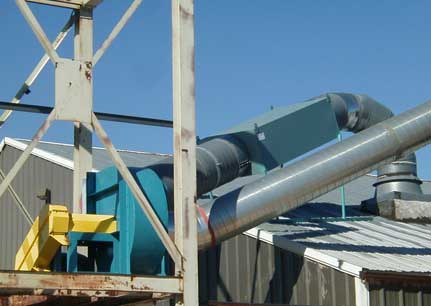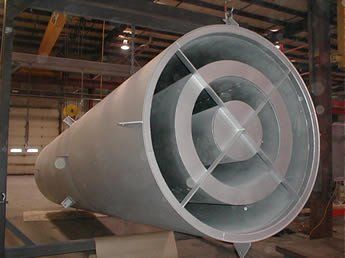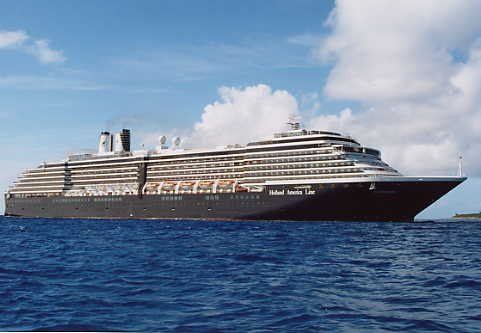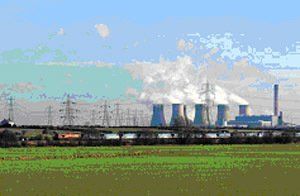Quality Design
Description: Quality Design is a local cabinet manufacturer, who came to us looking for assistance in controlling the noise from their sawdust collection system. They were unable to run the dust collector, as the fan returning air to the shop was extremely loud. Measurements from an initial visit resulted in a sound level varying between 95 and 100 dBA with a very dominant low frequency tone around 125 Hz. The tonal nature of the sound before the installation of the silencer is evident in Figure 1. Tones are much more annoying to listen to than an equivalent level of broadband noise.
A narrowband analysis was performed prior to construction in order to fine tune the design of the silencer baffle to match the dominant tone exactly. The results are shown in Figure 2.
The tone is 35 dB above the broadband noise floor indicating a tuned dissipative silencer would be the most appropriate and effective solution given the constraints involved such as length available. The silencer was designed based on in-house testing performed in January, 2005. Without the results of this testing, tuning and optimizing the silencer would not have been possible.
As can be seen from the results the silencer performed exactly as required and predicted. The overall sound level from the fan is now 75 dBA with no discernable tones at the blade pass frequency. Before the silencer was installed you could feel the sound vibrating in your chest and would not be able to tolerate being in that environment for long. After the silencer was installed the plant manager had to check that the fan was actually running.




